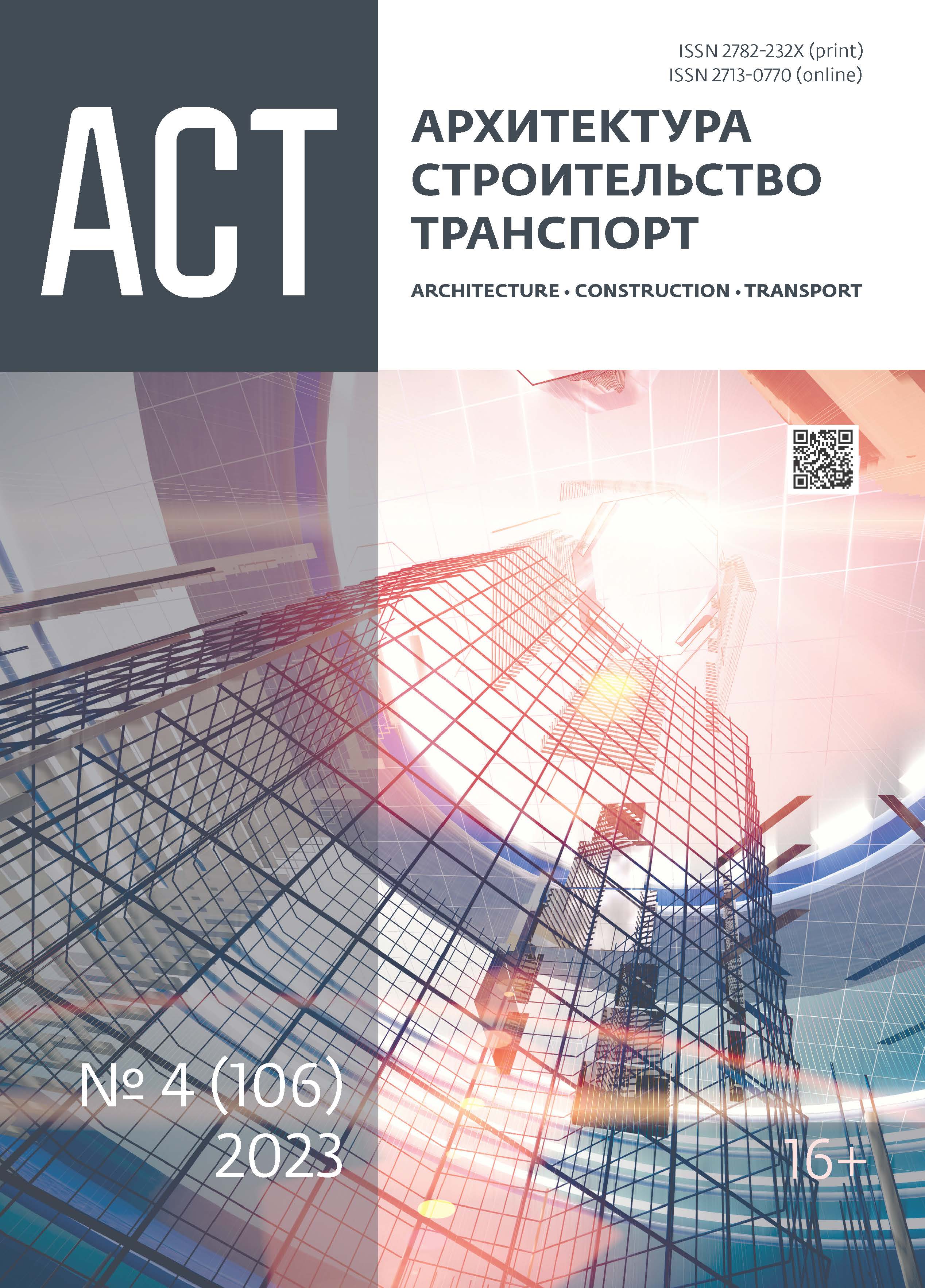PECULIARITIES OF CALCULATING THE VALUE OF THE AIR BUBBLE SURFACE RENEWAL COEFFICIENT
DOI:
https://doi.org/10.31660/2782-232X-2023-4-55-63Abstract
The resource intensity of biological wastewater treatment is reduced by increasing the energy efficiency of the pneumatic aeration systems used in the aeration tank. Modernisation of the aeration process is possible with the development of an adequate mathematical model describing the process of mass transfer from air bubble to water the oxygen required for biological oxidation of wastewater pollutants. The analysis of the LewisWhitman two-film theory, Higbee's penetration theory, and P. W. Dankwerts' theory of deformed bubble surface renewal describing the process of mass transfer of air oxygen into water showed the peculiarities of their application to gas-liquid systems. The factor of renewal of deformed surface of air bubbles is of great importance for describing the processes of mass transfer of air oxygen to water when using pneumatic aeration system in aeration tanks. In turbulent flow at continuous renewal of interfacial surface created by air bubbles, there is intensification of mass transfer process due to turbulent diffusion, which is reflected in calculated mathematical dependences. The use of mathematical dependences determining the rate of mass transfer of air oxygen to water through the deformable surface of bubbles formed in the aeration volume of the aeration tank will make it possible to take into account the change in their shape. This will increase the accuracy of determining the values of technological characteristics of pneumatic aeration systems.
Keywords:
oxygen mass transfer, surfacing mode, shape factor, dispersibility factor, surface renewal factorDownloads
Published
How to Cite
License
Copyright (c) 2023 Sergey Yu. Andreev , Larisa V. Belova

This work is licensed under a Creative Commons Attribution 4.0 International License.






